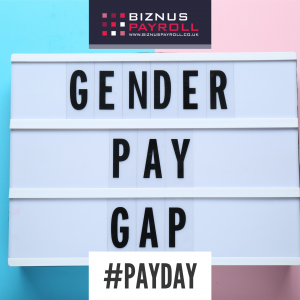 Gender Pay Gap Reporting for employers with 250 or more employees becomes compulsory in April 2018
Gender Pay Gap Reporting for employers with 250 or more employees becomes compulsory in April 2018
The gender pay gap is an equality measure that shows the difference in average earnings between women and men.
It doesn’t show differences in pay for comparable jobs but the difference between male and female earnings, either within a particular employer, or nationally.
The current UK gender pay gap is just over 18 per cent (Government Equalities Office).
Having a gender pay gap is not in itself unlawful – there might be good reasons why the average pay within an organisation varies between men and women. However, employers may be concerned about the risks of retrospective employee claims for equal pay, potentially going back over six years, as well as the negative publicity that would accompany a claim.
What are the causes of the Gender Pay Gap?
The causes of the gender pay gap are complex and overlapping. They include:
- A higher proportion of women choose occupations that offer less financial reward (e.g. administration). Many high-paying sectors are disproportionately made up of male workers (e.g. information and communications technology).
- A much higher proportion of women work part-time, and part-time workers earn less than their full-time counterparts on average.
- Women are still less likely than men to progress up the career ladder into high-paying senior roles.
Mandatory (or compulsory) gender pay gap reporting
Employers with 250 employees or more will have to publish information about the differences in pay between men and women on a mandatory basis. This will be extended to the public sector as well.
Businesses will have to start collecting their data from April 2017 and the gender pay reporting information will need to be published by 4 April 2018.
Employers will be required to publish the following:
- The percentage difference in mean pay between men and women
- The percentage difference in the median pay between men and women
- The difference in bonuses paid to men and women
- The proportion of men and women who receive bonuses.
Employers must also calculate their gender pay breakdown split between quartile pay bands. This will enable employers to compare their gender pay gap statistics with national and international statistics.
Once the new Regulations come into force, the government will use the information to produce league tables ranking different employment sectors by pay gap. The government league tables will be by sector and so will not be broken down to reveal individual employers. However interested parties such as the media may use the publicly available information to make comparisons between competing businesses.
What should employers do?
- Act now – 5th April 2017 is the first date on which your gender pay gap must be measured, so start considering your approach to give you time to analyse the data and if there is a gender pay gap, mitigate the risks and also improve any gaps before disclosure is required.
- Start with an equal pay audit to review all current pay practices and find any differentials between men and women’s pay and identify your key risk areas.
- Examine your approach to pay, including complex incentive-based pay, as these may contain inequalities which are revealed once the new system is under way. Gender pay gaps in incentive and bonus payments are suspected to be a particular equality issue.
- Pro-active employers should consider carrying out an equal pay review now in order to reduce risks. If you quantify your own gender pay gaps as early as possible this may prevent the new reporting regime affecting recruitment, retention, and reputation.
- Consider getting legal and/or HR support to help analyse the findings and suggest ways forward.
- Address any gender pay gaps you find as soon as possible and be prepared for any difficult questions or claims arising from your figures.
- Publish your gender pay gap on your own website and the Government’s searchable site by 4th April 2018 at the latest.
And if you have fewer than 250 employees?
You won’t need to report gender pay gap data. But if you do have an equal pay policy it could be a selling point to your customers and a way to attract employees to your business, so shout about it.
Guidance
The Government has announced that it will be publishing guidance to help employers comply with the new mandatory gender pay reporting legislation. The guidance will consist of a quick start guide and a more comprehensive manual.
ACAS guide to gender pay gap reporting
Written by Emma Hubbuck MCIPD of Emma Hubbuck Associates (HR Consultancy)

